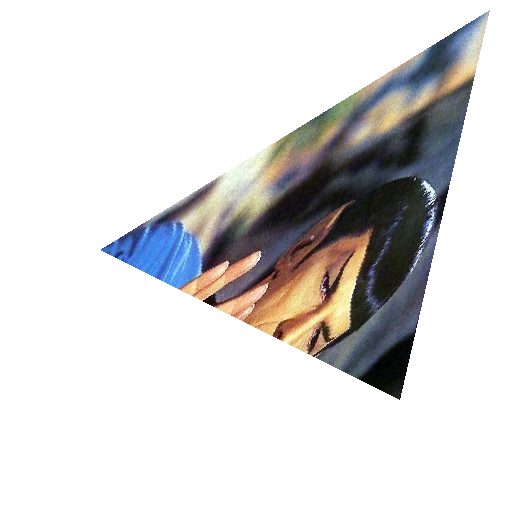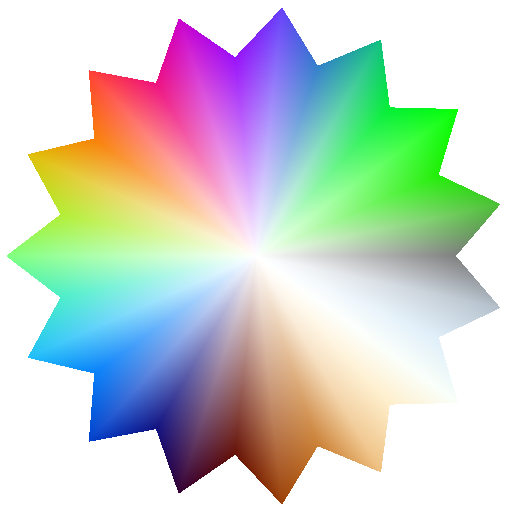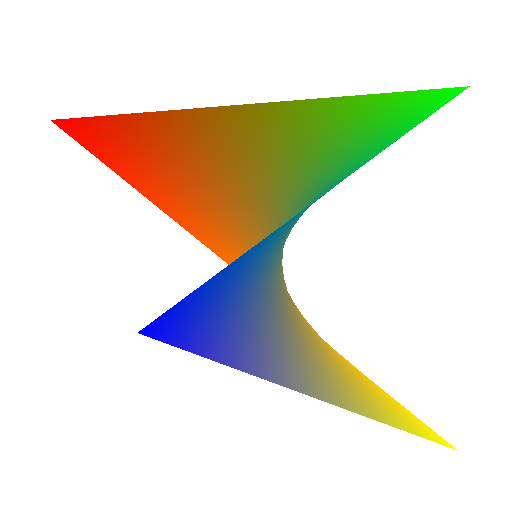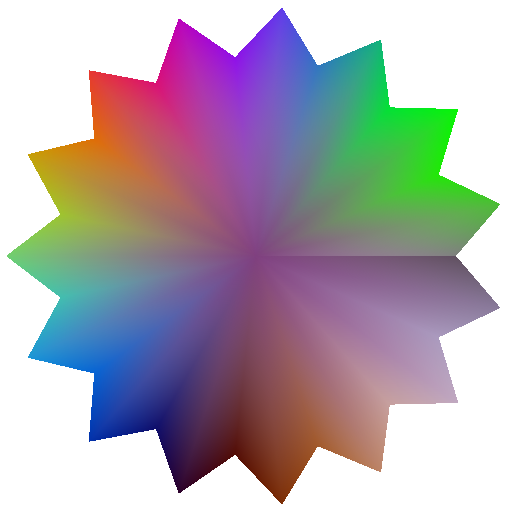CS 345: Spring 2025
Programming Assignment 6
Tri tri again
class GCanvas {
public:
...
/**
* Draw a mesh of triangles, with optional colors and/or texture-coordinates at each vertex.
*
* The triangles are specified by successive triples of indices.
* int n = 0;
* for (i = 0; i < count; ++i) {
* point0 = vertx[indices[n+0]]
* point1 = verts[indices[n+1]]
* point2 = verts[indices[n+2]]
* ...
* n += 3
* }
*
* If colors is not null, then each vertex has an associated color, to be interpolated
* across the triangle. The colors are referenced in the same way as the verts.
* color0 = colors[indices[n+0]]
* color1 = colors[indices[n+1]]
* color2 = colors[indices[n+2]]
*
* If texs is not null, then each vertex has an associated texture coordinate, to be used
* to specify a coordinate in the paint's shader's space. If there is no shader on the
* paint, then texs[] should be ignored. It is referenced in the same way as verts and colors.
* texs0 = texs[indices[n+0]]
* texs1 = texs[indices[n+1]]
* texs2 = texs[indices[n+2]]
*
* If both colors and texs[] are specified, then at each pixel their values are multiplied
* together, component by component.
*/
virtual void drawMesh(const GPoint verts[], const GColor colors[], const GPoint texs[],
int count, const int indices[], const GPaint& paint) = 0;
/**
* Draw the quad, with optional color and/or texture coordinate at each corner. Tesselate
* the quad based on "level":
* level == 0 --> 1 quad --> 2 triangles
* level == 1 --> 4 quads --> 8 triangles
* level == 2 --> 9 quads --> 18 triangles
* ...
* The 4 corners of the quad are specified in this order:
* top-left --> top-right --> bottom-right --> bottom-left
* Each quad is triangulated on the diagonal top-right --> bottom-left
* 0---1
* | /|
* | / |
* |/ |
* 3---2
*
* colors and/or texs can be null. The resulting triangles should be passed to drawMesh(...).
*/
virtual void drawQuad(const GPoint verts[4], const GColor colors[4], const GPoint texs[4],
int level, const GPaint&) = 0;
};
Implement drawMesh and drawQuad in your GCanvas subclass.
Your directory should like something like this:
- apps contains the code for testing your code.
- expected contains sample output from the image tool to compare with your output.
- include contains class headers that your code can use.
- src contains common implementations needed for the tools.
- DO NOT EDIT/ADD/REMOVE anything in these sub-directories. You should only add files to the root of the directory.
- your_files any .cpp or .h files you need for your implementation. All of your work must be here.
To test your code...
> make
> ./image -e expected
> ./tests
> ./dbench
> ./bench











